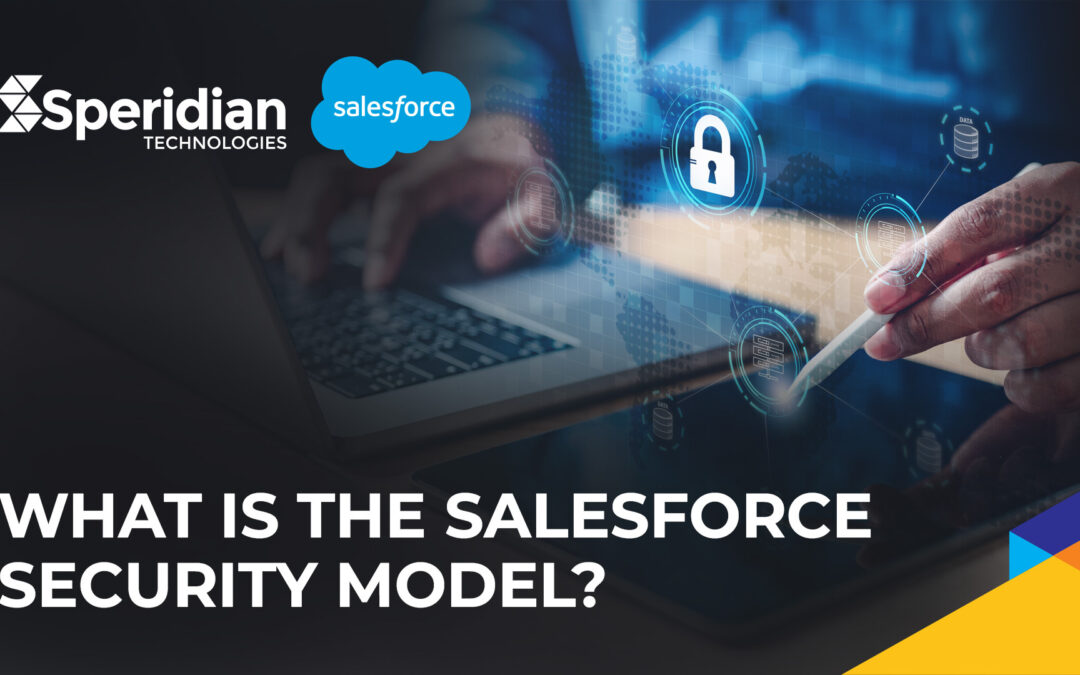Salesforce has grown in popularity and demand in the last several decades and is widely known for salesforce application development. Salesforce’s universality is a consequence of its excellent capabilities that provide proficient services for many businesses. In this era of increased virtual working and rising dependency on digital devices, companies should step up their attempts to safeguard their data from threats and incidents.
In this article, we will discuss the Salesforce Security Models.
Table of Contents
What is Salesforce Data Security?
Salesforce provides a detailed and versatile data protection model to safeguard data at different levels to ensure and provide a security framework that fulfills numerous exceptional proper business instances. It furthermore includes salesforce security tools to access the security database on the business necessities.
In Salesforce security, data is stored in 3 critical structures:
- Object
- Fields
- Records
Salesforce security aims at object-level, field-level, and record-level protection orders and can provide safe access to the object, field, and individual records.
What does the salesforce security model look like?
Salesforce Security model assists you in protecting information at various levels, from such an org level down to a personal record. The Organization, Objects, Records, and Fields are the logical tiers of security. While using the model allows users to safeguard the organization’s information at four layers.
Here’s a formal review of all of these to help you develop the fundamental understanding to build your data protection strategy.
Organization Level Security
Organizational security involves determining who can access your Salesforce org and when and where they would connect directly. Users could use IP limitations to restrict the IPs that customers could use to log in and access permission to limit users’ times.
Object Level Security
Object-level security in Salesforce ensures that users have appropriate access to data by controlling access at the object level. This security model allows administrators to define which objects a user can view, create, edit, or delete. By setting permissions on objects, organizations can enforce data protection policies and ensure sensitive information remains secure. Salesforce’s object-level security integrates seamlessly with other security features, such as field-level security and record-level security, providing a comprehensive approach to safeguarding data across the platform. This layered security model helps maintain data integrity and compliance.
Field Level Security
Field-level security in Salesforce ensures data protection by controlling access to specific fields in an object. Administrators can restrict visibility or edit permissions based on user profiles or permission sets. This granular control helps maintain confidentiality and compliance, allowing sensitive information to be safeguarded while ensuring users access only the data they need to perform their roles effectively.
Record-Level Security
Record-level security, also defined as record sharing, actually controls the records a customer does have access to. Organization-wide redirects, role hierarchically, having to share rules, and manual sharing are indeed the four significant ways of controlling record access.
Conclusion
The role of information verification could be oversimplified. As mentioned above, Salesforce Security compliance obtains one or the other. It underlines multiple techniques for securing your data. Salesforce consulting partner aims to assist organizations in protecting mission-critical Salesforce data.
Speridian Technologies helps to monitor for rule violations, including excessive Salesforce record access and other suspicious behavior, to aid you in protecting against risks. Whether you’re having difficulty working to develop an efficient data salesforce security framework, or if you want to revisit or remodel your existing one, get in contact with us to see how we could indeed assist you.
Related Blogs About Salesforce Solutions



